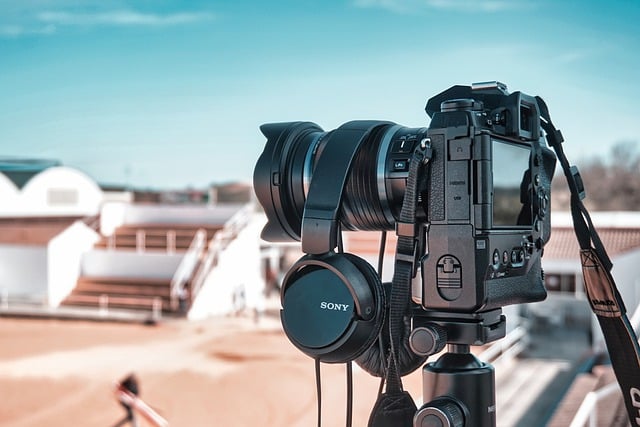Converting DivX to AVI strikes a balance between image quality and compatibility, offering users exceptional visuals without sacrificing file size reduction. While DivX excels at low bitrate details, AVI's compression improves fine details and color gradients. This process ensures smooth playback on diverse platforms, preserving high-quality video with universal accessibility through the compatible AVI format.
Discover the power of converting DivX to AVI for superior image quality, even at low bitrates. This article delves into the technical aspects of these video formats and demonstrates how this simple conversion process can significantly enhance visual clarity. By understanding the unique attributes of DivX and AVI, you’ll learn why choosing the right format is crucial for maintaining exceptional picture fidelity.
Understanding DivX and AVI Formats: A Quick Overview

DivX and AVI are two popular video formats, each with its own unique advantages. DivX, known for its exceptional image quality, is highly efficient in compressing videos while maintaining sharp details, even at lower bitrates. This makes it a favorite among users looking to reduce file sizes without sacrificing visual fidelity. On the other hand, AVI (Audio Video Interleave) is a widely supported format that offers a straightforward and simple structure for storing video and audio data.
Converting DivX to AVI can be beneficial when you want to ensure compatibility with a broader range of devices or software. This process allows users to enjoy high-quality videos in a more universal format, making it easier to share and play back on various platforms without worrying about decoding issues or loss of quality.
How Convert DivX to AVI Enhances Image Quality at Low Bitrates

Converting a DivX file to AVI format can significantly boost image quality, even when dealing with low bitrate videos. This is due to the enhanced compression and encoding capabilities of the AVI container. When a video is encoded in DivX, it utilizes advanced codecs that optimize data reduction, often resulting in smaller file sizes at the cost of some visual fidelity. However, converting this format to AVI allows for better preservation of fine details and color gradients within the image.
The AVI (Audio Video Interleave) format is known for its flexibility and compatibility across various platforms and media players. It achieves this by interleaving video and audio data in a way that facilitates efficient playback and reduces buffering. This not only ensures smooth playback but also enables more effective compression of the video data during the conversion process, preserving the already optimized quality from DivX while further enhancing it at lower bitrates.
Converting DivX to AVI can significantly enhance video quality, even at low bitrates. By understanding these formats and leveraging specific conversion techniques, you can achieve exceptional visual fidelity in your videos. This simple process ensures that your content remains crisp and clear, making it a valuable tool for optimizing multimedia experiences.
